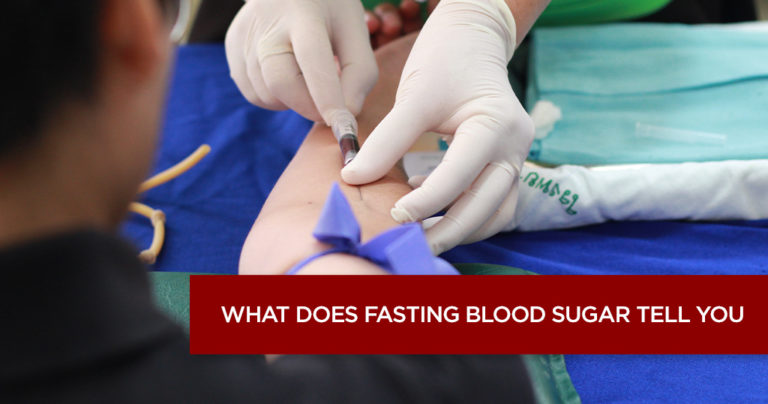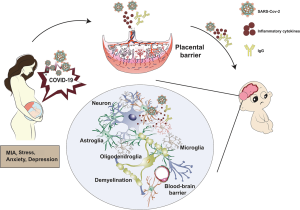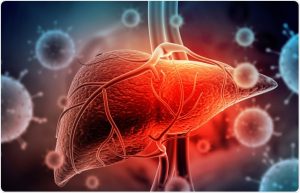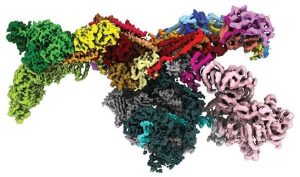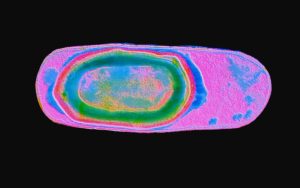
The fasting blood glucose test is often done the morning after you get up. You are spared from having to fast all day by doing this. You must observe an eight-hour fast before the test, and it measures your blood glucose levels after the fast.
Your fasting glucose and blood sugar levels are influenced by the following:
What did you eat most recently?
What size meal did you eat most recently?
What is the capacity of your body to create insulin and react to it?
Your body breaks down the carbohydrates you consume. This procedure results in glucose (which is a kind of sugar). This glucose serves as the cells’ main source of energy. To function properly, the cells in your liver, muscles, and fats (adipose tissue) require this glucose as an energy source. This is made feasible by insulin. Your body converts and stores any extra glucose that is not needed for energy as fat. When your blood glucose levels are low, these fats can provide you with energy.
There are two primary uses for insulin. The first step is to enable the cells to utilize the glucose produced as a source of energy. The second is to guarantee that normal glucose levels are kept in your bloodstream.
The doctor will ask you to take a fasting blood sugar test if they believe that you have diabetes. This test can be taken at home, a pathology lab, or at a hospital.
The people who have diabetes have trouble generating insulin, or in terms of how insulin works, or both together. Diabetes is mainly of two types – type 1 diabetes and type 2 diabetes.
Your body is unable to move the glucose to the cells from the blood if the level of insulin in your body is too low or when the body does not react correctly to insulin. This causes high levels of glucose in the blood.

